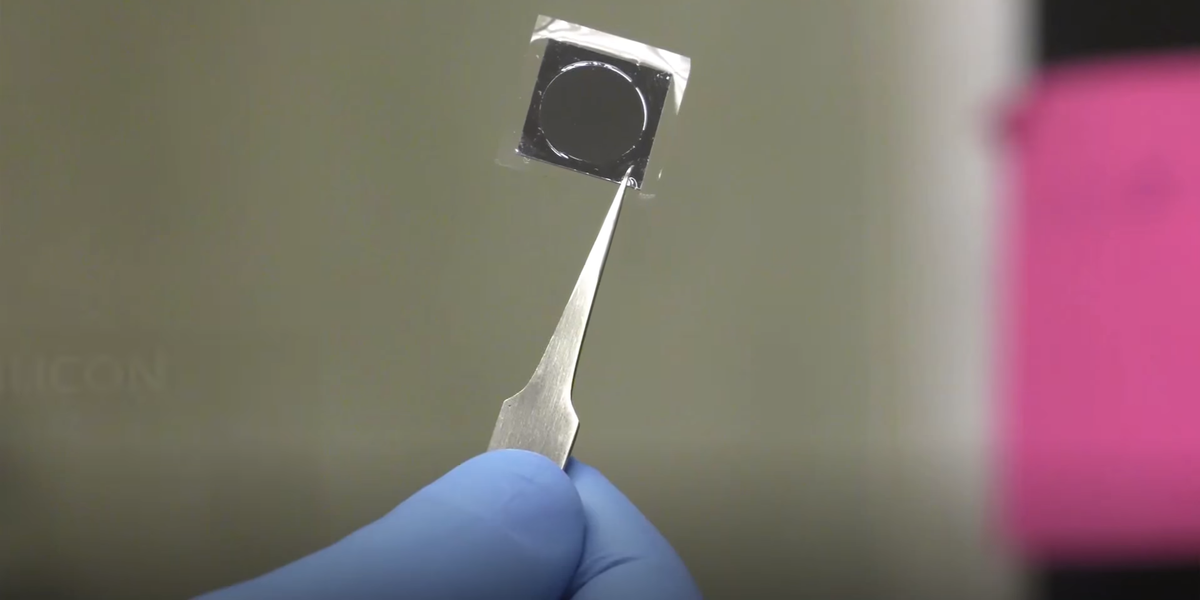Tissue Nanotransfection (TNT)

An enormous amount of research has been taking place in the field of tissue engineering to create, repair, and replace cells, tissues, or even organs by using bioactive molecules or biomaterials. Tissue engineering allows cells, in combination with the engineered biomolecules, to produce materials that resemble the body’s native tissue.
Tissue nanotransfection technology (TNT) is a relatively new field of regenerative medicine research that can help in regrowth and repair of damaged tissue inside the human body.
Methodology
Within tissues, the extracellular matrix (ECM) surrounding the cells plays an important role in the storage, activation and release of biological factors. The ECM also plays a role in interactions between cells. For successful regeneration of tissues, it is necessary to engineer biomaterials that emulate the properties of the ECM. This is done by creating nanotopographic factors and nanofeature scaffolds that regulate gene expression.
TNT has two components: the nano-based chip device that delivers the cargo to the adult cell, and the biological cargo itself, which aids in cell conversion.
In this method, synthetic RNA and DNA are loaded into a chip device. The chip is embedded with tiny needles that contain nanochannels into which the synthetic RNA and DNA is loaded. This biological cargo is delivered into the cells by a small electrical charge that is hardly felt by the patient.
Clinical Trials
Studies have shown that TNT helps restore blood flow to the injured legs of mice by reprogramming their skin cells to vascular cells. Researchers observed that active blood vessels were formed within two weeks and blood flow returned to the legs by the third week. TNT was also used to grow new brain tissue in stroke-induced mice. The study observed restoration of bodily functions by injecting new brain tissue that was grown from the animals’ skin.
Huh et al. used the organ-on-a-chip system to develop a microfluidic lung-on-a-chip device that reproduced the important structural, mechanical, and functional properties of the human lung alveolar-capillary interface. In the study, a flexible membrane made of polydimethyl siloxane (PDMS) was coated with ECM proteins. One side of the membrane was cultured with alveolar epithelial cells and the other side of the membrane was cultured with pulmonary microvascular endothelial cells, in order to observe the cellular response to a bacterial infection of the pulmonary cells and to silica nanoparticles. The results revealed that this chip device could reconstitute a number of physiological functions that are seen in a whole living lung.
Similarly, Toh et al. developed a three-dimensional liver-on-a-chip system for use in hepatotoxicity studies. The chip was engineered to test in vitro drug toxicity by preserving the synthetic and metabolic function of hepatocytes. The study demonstrated that the data obtained can also help in predicting in vivo toxicity.
Recently, Gallego-Perez et al. developed a topically applied silicon wafer (with approximately 500 nm wide nanochannels) for in situ transfection of skin tissue in mice. The silicon wafer was combined with an electrode that was injected intradermally. The DNA plasmids were driven into the epithelial cells by pulsing with 250v at 10 ms intervals. This method yielded between 50 to 250 fold greater gene expression than the standard bulk electroporation method. In addition, this study observed that the device produced extracellular vesicles containing complementary DNA and messenger RNA of target cells that also resulted in transgene expression to neighboring cells.
Advantage of TNT Over Current in vivo Transfection Technologies
Gene delivery by viruses and conventional tissue bulk electroporation methods is highly stochastic. Moreover, these methods could also have adverse effects such as inflammatory reactions and cell death. In comparison, TNT is a simple, non-invasive, focused, and safer reprogramming method acting at the single-cell level and does not require any laboratory-based procedure as in stem cell therapy.
Applications
Apart from DNA-based reprogramming strategies, TNT has applications in oligoRNA-mediated reprogramming, gene modulation and editing, and more.
TNT is also very useful in cancer diagnosis and treatment. Using just a few milliliters of blood or saliva, scientists can detect the presence of circulating tumor cells or molecules indicative of cancer, thereby helping in the assessment of appropriate therapy or surgery.
In addition to bio-inspired micro devices being a low-cost alternative to animal and clinical studies, these devices have the ability to enhance the capability of cell culture models. Hence, TNT holds a promising future in drug development and human toxicology studies.
Sources
- www.mddionline.com/%E2%80%98nanotransfection%E2%80%99-turns-animal-skin-blood-vessels-and-brain-cells
- cbe.osu.edu/.../l.-james-lee-and-wexner-medical-center-develop-breakthrough-one-touch-healing-nanochip
- medicine.osu.edu/.../index.aspx
- Gallego-Perez D, Ghatak S, Pal D et al. Topical tissue nano-transfection mediates non-viral stroma reprogramming and rescue. Nature Nanotechnology. 2017 Aug;12:974-9.
- Miller MA. Nanotransfection brings progress that’s more than skin-deep. Science Translational Medicine. 2017 Aug;9(405). Eaao4216. http://stm.sciencemag.org/content/9/405/eaao4216
- www.ibtimes.com/what-tissue-nanotransfection-step-forward-nanotechnology-regenerative-medicine-2575709
- Shi J, Votruba AR, Farokhzad OC et al. Nanotechnology in Drug Delivery and Tissue Engineering: From Discovery to Applications. Nano Lett. 2010 Sep;10(9):3223-30. https://www.ncbi.nlm.nih.gov/pmc/articles/PMC2935937/
- Kingsley JD, Ranjan S, Dasgupta N et al. Nanotechnology for tissue engineering: Need, techniques and applications. Journal of Pharmacy Research. 2013 Feb;7(2):200-4. https://www.sciencedirect.com/science/article/pii/S097469431300100X
- Seker Sukran. Arslan YE, Durkut S et al. Nanotechnology for Tissue Engineering and Regenerative Medicine. Nanopatterning and Nanoscale Devices for Biological Applications. 2014 Jul;1: 343-66. www.researchgate.net/.../292894044_Nanotechnology_for_Tissue_Engineering_and_Regenerative_Medicine





